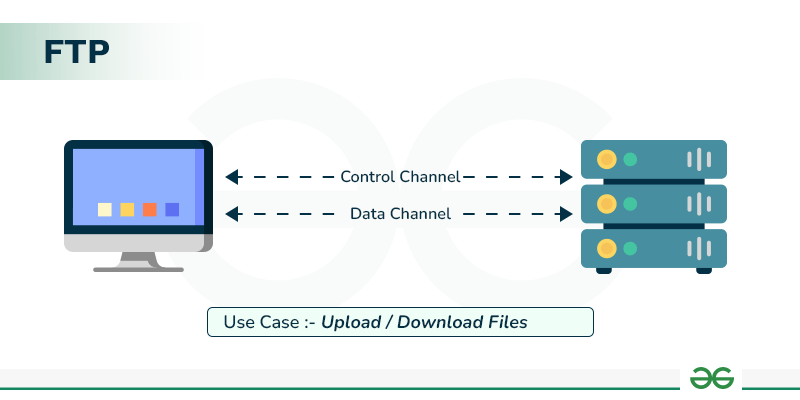The Picture Transfer Protocol (PTP) is a standardized protocol primarily used for transferring digital images and associated metadata from digital cameras, smartphones, and other imaging devices to computers and printers without requiring specific device drivers.
Core Function
PTP enables bi-directional communication for transferring image files and controlling the imaging device remotely. Key operations include:
- Transferring photo and video files from the device to a host (e.g., computer).
- Deleting or organizing files directly on the device.
- Transferring metadata (EXIF, date/time, etc.) alongside the image data.
- Remote triggering of the device's shutter (in supported models).
How PTP Differs From Mass Storage
Unlike the USB Mass Storage Class (UMS):

- No Drive Mounting: PTP does not present the device's storage as a standard drive letter/filesystem to the host OS.
- Device-Centric Control: The device maintains control over its storage organization. The host requests objects (images) rather than accessing raw disk sectors.
- Metadata Preservation: PTP inherently transfers image metadata seamlessly.
- Platform Independence: Built on USB or IP, it offers broader OS compatibility without additional drivers.
How PTP Works (Simplified)
Communication follows a client-server model:
- Initialization: Device connects via USB or IP and identifies itself as a PTP device.
- Object Enumeration: Host queries the device to discover available images (objects) and their metadata.
- Operation Request: Host sends operation commands (e.g., "GetObject", "DeleteObject", "InitiateCapture").
- Data Phase: For transfers, the device sends image data in packets.
- Response: Device sends a response code indicating success or failure.
- Event Handling: Device can asynchronously notify the host of events (e.g., new image added).
PTP Device Types
- Digital Still Cameras
- Smartphones and Tablets (Android primarily uses MTP/PTP)
- Media Players
- Printers (for direct photo printing)
- Scanners
Modern Evolution: MTP
The Media Transfer Protocol (MTP) is an extension of PTP (PTP-IP). It builds upon PTP's foundation but adds support for transferring diverse media types (music, documents) and offers more advanced file management capabilities, while retaining the core architectural benefits over UMS. PTP remains widely used for core image transfer, especially in cameras.











